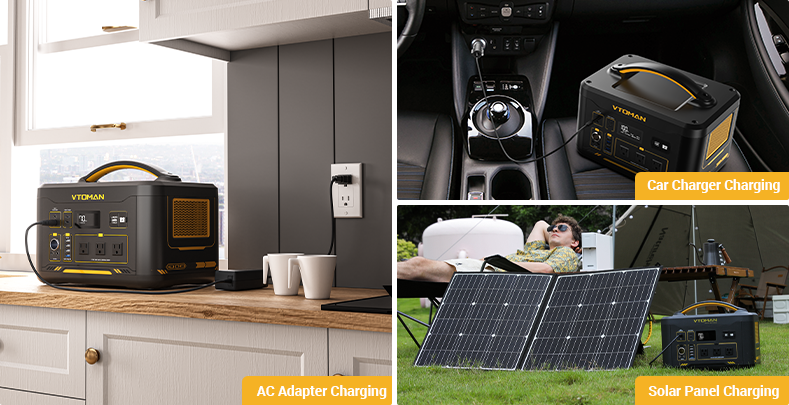In today's world, the need for sustainable energy systems has become more crucial than ever. As we strive towards a greener future, one technology that is playing a significant role is the lithium iron phosphate battery. These batteries have gained immense popularity due to their unique characteristics and their potential to revolutionize the energy storage industry.

The Advantages of Lithium Iron Phosphate Batteries
Lithium iron phosphate batteries offer several advantages that make them an ideal choice for sustainable energy systems. Firstly, they have a high energy density, which means they can store a large amount of energy in a compact size. This makes them perfect for applications where space is limited, such as electric vehicles and portable electronic devices.
Secondly, these batteries have a long cycle life, meaning they can be charged and discharged numerous times without significant degradation. This is crucial for renewable energy systems, as they require batteries that can withstand frequent charging and discharging cycles. Lithium iron phosphate batteries excel in this aspect, making them a reliable and durable option.
Furthermore, these batteries are known for their excellent thermal stability. Unlike other lithium-ion batteries, lithium iron phosphate batteries are less prone to thermal runaway, which is a safety hazard. This makes them safer to use and reduces the risk of accidents, making them an attractive choice for both residential and commercial energy storage systems.
The Role of Lithium Iron Phosphate Batteries in Renewable Energy Systems
Lithium iron phosphate batteries have a crucial role to play in renewable energy systems. One of the main challenges with renewable energy sources such as solar and wind is their intermittent nature. The sun doesn't always shine, and the wind doesn't always blow. To overcome this challenge, energy storage systems are required to store excess energy generated during peak production periods and release it during low production periods.
Lithium iron phosphate batteries are well-suited for this purpose. Their high energy density allows them to store a significant amount of energy, ensuring a steady supply during periods of low renewable energy production. This helps to stabilize the grid and ensures a reliable and continuous power supply to consumers.
Moreover, lithium iron phosphate batteries can be easily integrated into existing renewable energy systems. They can be connected to solar panels or wind turbines, capturing the energy generated and storing it for later use. This flexibility and compatibility make them an attractive choice for renewable energy projects around the world.
The Future of Lithium Iron Phosphate Batteries
The future of lithium iron phosphate batteries looks promising. As the demand for sustainable energy systems continues to grow, the need for reliable and efficient energy storage solutions becomes paramount. Lithium iron phosphate batteries are well-positioned to meet this demand.
Researchers and scientists are constantly working on improving the performance and efficiency of these batteries. They are exploring new materials, optimizing battery designs, and enhancing manufacturing processes to make lithium iron phosphate batteries even more reliable and cost-effective.
Furthermore, the increasing adoption of electric vehicles is driving the demand for lithium iron phosphate batteries. These batteries offer a longer lifespan, faster charging times, and improved safety compared to other battery technologies. As the transportation sector transitions towards electric vehicles, the demand for lithium iron phosphate batteries will continue to rise.
In conclusion, lithium iron phosphate batteries have a vital role to play in sustainable energy systems for a greener future. Their unique advantages, compatibility with renewable energy sources, and potential for further advancements make them a key technology in the transition towards a more sustainable and environmentally friendly energy landscape.



